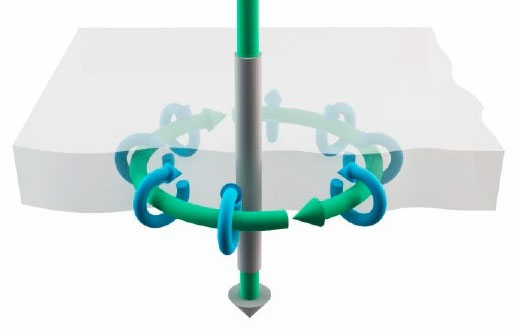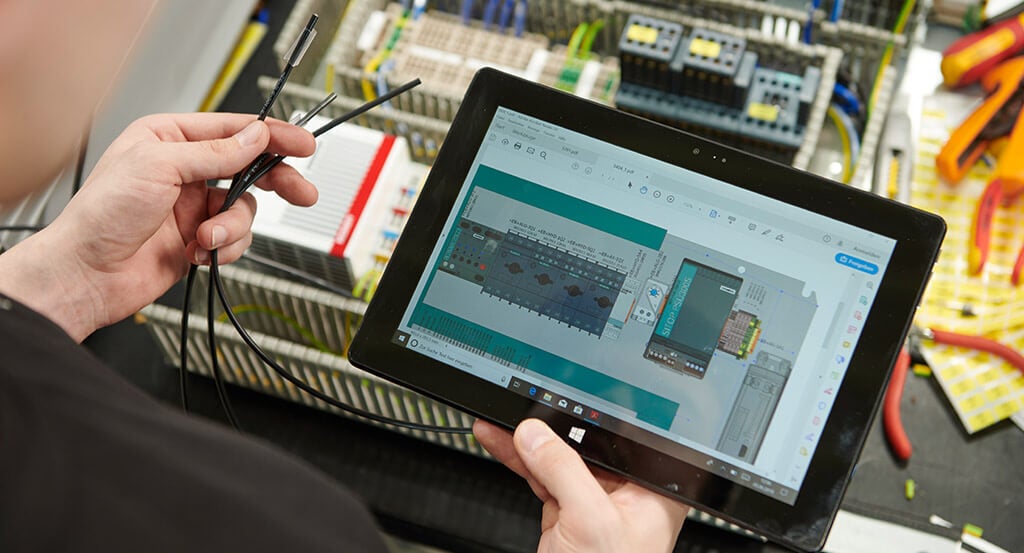
Electronics enclosures are typically stuffed with electrical gear that generates heat as a by-product of operation, so controlling the temperature within them always involves a careful evaluation of their specific heating and cooling requirements.
When a low-voltage switchgear assembly operates, short-circuit losses can occur, which causes the temperature of the air inside the enclosure to rise. This, in turn, leads to poor heat dissipation from the surfaces of the installed components and assemblies, which can result in costly damage. Hot spots (over-temperatures that occur in isolated locations without natural air movement to dissipate heat) can be particularly troublesome.
Here are some common causes of rising temperatures within enclosures:
-
- The operating equipment is too densely packed, obstructing airflow, or the components and conductors are incorrectly dimensioned.
-
- Poor contact between individual live conductors.
-
- Particularly in power distributors with high currents, the problem may lie in the formation of eddy currents in the assembly components and metallic surfaces adjacent to the conductors. As illustrated in the following diagram, current-carrying conductors that are inserted from beneath the enclosure through the gland plate can generate a magnetic field in the plate. Heat can be generated as a result of the eddy currents produced by this magnetic field.
Electronics enclosures are typically stuffed with electrical gear that generates heat as a by-product of operation, so controlling the temperature within them always involves a careful evaluation of their specific heating and cooling requirements.
When a low-voltage switchgear assembly operates, short-circuit losses can occur, which causes the temperature of the air inside the enclosure to rise. This, in turn, leads to poor heat dissipation from the surfaces of the installed components and assemblies, which can result in costly damage. Hot spots (over-temperatures that occur in isolated locations without natural air movement to dissipate heat) can be particularly troublesome.
To learn more about how to configure electronic enclosure climate control systems, download a free copy of Selecting the Right Enclosure – Technical Aspects.

